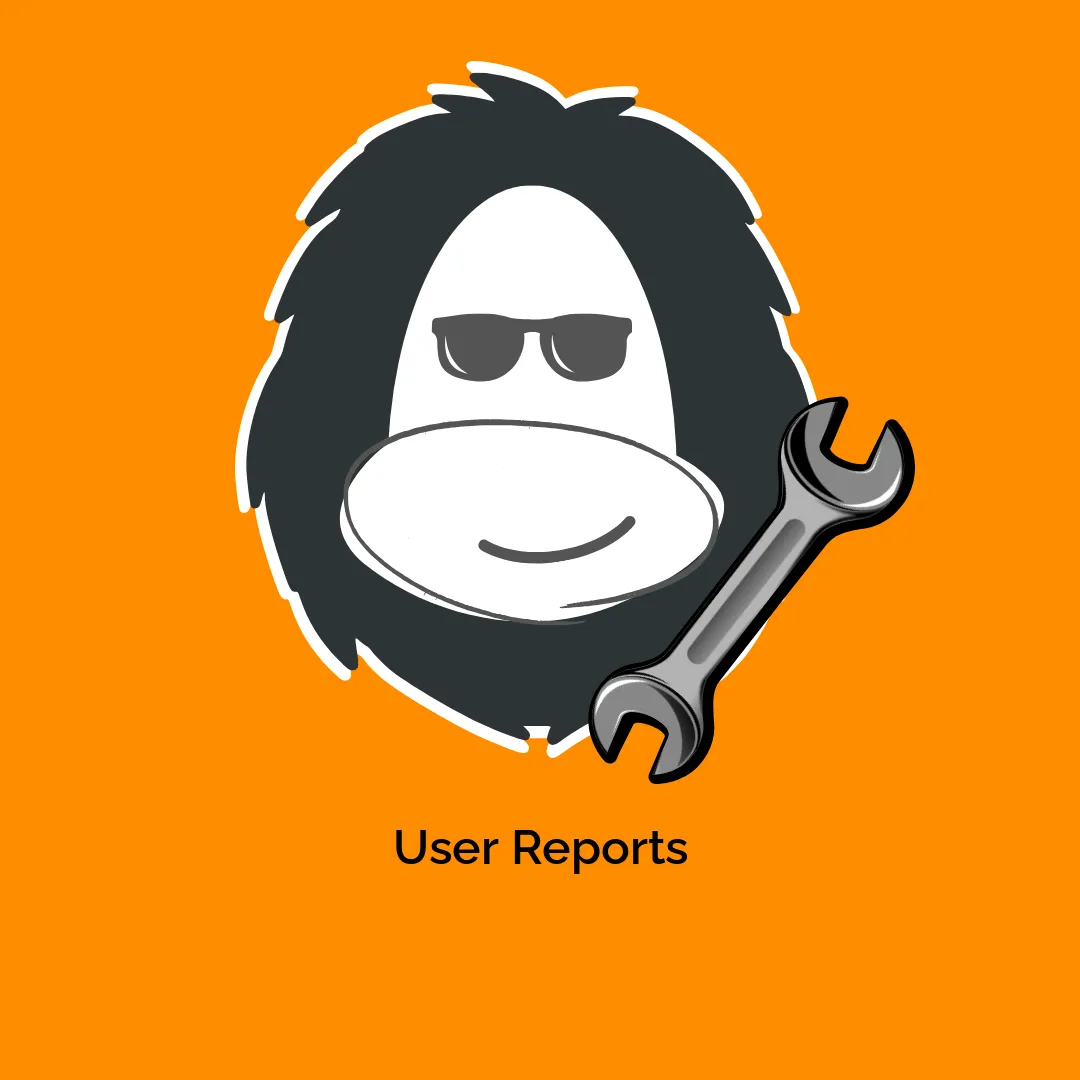User Reports: Driving Action Through Insight
In an increasingly data-driven world, understanding user behavior and satisfaction is more crucial than ever. User reports serve as essential tools for businesses to assess their interaction with customers, offering invaluable insights that can drive strategic decisions and enhance revenues.
The Power of User Reports
User reports provide detailed analytics on user activity, preferences, and feedback within a business’s ecosystem. They cover various aspects, from performance metrics to engagement rates, giving companies a comprehensive view of their user interactions. For example, a user report might include data on how many users visited a website, what products they viewed, and their conversion journey from initial engagement to purchase.
Performance Metrics: One of the primary functions of user reports is tracking performance metrics. This may include user engagement levels, session durations, and bounce rates. Understanding these parameters helps businesses identify which areas are performing well and which may need attention.
Behavioral Insights: User reports highlight patterns in user behavior, such as popular times for visits, peak interaction periods, and common paths taken through your website or application. For instance, if users consistently abandon their carts during the checkout process, this prompts an investigation to identify potential issues or areas for improvement.
Feedback Integration: User reports often include direct feedback from customers through surveys, reviews, or rating systems. Companies can analyze this feedback to gauge customer satisfaction, identify service pain points, and implement changes that enhance the user experience. For example, if several users mention difficulty navigating a website, it’s a clear signal that the design could be improved.
Creating Effective User Reports
Crafting impactful user reports requires thoughtful consideration of key metrics and data visualization. Here are some aspects to focus on when generating these insights:
-
Customization: Tailoring your reports to specific audiences can enhance their relevance. For example, a user report for your marketing team might emphasize engagement metrics, while a report for development could focus on technical performance and bug reports.
-
Clarity and Presentation: Data should be presented clearly. Graphs and charts can help visualize trends and make it easier for stakeholders to understand insights at a glance. A well-organized report with headings and sections can aid in digesting complex information.
-
Actionable Insights: Your reports shouldn’t just present data; they must also suggest actionable steps. Highlighting areas for improvement based on user data can help decision-makers implement changes more effectively.
-
Regular Updates: Keeping user reports updated ensures that your business strategies evolve alongside user expectations and behaviors. Frequent reporting, whether bi-weekly or monthly, allows businesses to stay attuned to changes and promptly respond to trends.
Automating User Reports for Efficiency
In today’s fast-paced environment, automation of user report generation can save time and allow teams to focus on analysis rather than data collection. Many tools enable seamless integration of data sources and can automatically compile user reports, drawing from analytics platforms and customer feedback systems.
For instance, automating user report generation can significantly reduce the workload for marketing teams, freeing them up to brainstorm new campaigns rather than spending hours crunching numbers. As such, businesses looking to enhance efficiency often turn to tools with third-party integrations, enabling them to pull user data directly from different systems.
Analyzing User Reports: Metrics to Monitor
To maximize the benefits derived from user reports, businesses need to focus on critical metrics that drive insight. Here are a few essential ones worth monitoring:
Engagement Metrics
Engagement metrics focus on how users interact with your service or platform. High engagement rates typically correlate with user satisfaction and loyalty. For instance, tracking metrics like pages per visit, click-through rates, and interactions per session can provide profound insights.
Conversion Rates
This metric indicates the effectiveness of your marketing strategies. Tracking conversion rates helps businesses gauge the success of their calls to action and landing pages. For example, if a user report indicates a low conversion rate despite high traffic, this could signal issues that need addressing, such as unclear messaging or a complicated purchasing process.
Retention Rates
User retention is pivotal for long-term success, and monitoring retention rates through user reports shows how effective your business strategies are at keeping customers returning. High retention rates are generally a sign of customer satisfaction and effective brand loyalty initiatives.
Customer Satisfaction
Integrating Net Promoter Score (NPS) or Customer Satisfaction Score (CSAT) metrics into user reports can illuminate how users feel about your product or service. Companies that actively solicit customer feedback and include it in reports often find they can pinpoint success areas and weaknesses rapidly.
Revenue Metrics
Of course, the ultimate goal for many businesses is driving revenue. User reports illustrating customer purchasing behavior can pinpoint which products are performing well and which are not. Tracking metrics like average order value and customer lifetime value can help companies strategize for better financial outcomes.
The Importance of Cross-Departmental Collaboration
For user reports to be effective, there needs to be collaboration across various departments within a business. Marketing, product development, customer service, and sales all have unique insights to contribute to the understanding of user experiences.
For instance, UX designers may provide context on user interface issues observed in reports, while marketing teams can outline user engagement efforts that led to spikes in user activity. By approaching user reports as a collective effort, organizations can create a more comprehensive picture of user interactions and use those insights to inform cross-functional strategies.
Leveraging Technology for Enhanced Insights
With various user-reporting tools available today, businesses have more capability than ever to analyze user data effectively. For example, employing customer relationship management (CRM) software can provide more in-depth insights into customer interactions throughout their lifecycle. Advanced analytics platforms allow businesses to generate dynamic reports quickly.
Additionally, user experience analytics tools map out customer journeys visually. This helps stakeholders understand flow and user behavior at various touch points, making it clear where improvements are needed.
Best Practices for Presenting User Reports
The effectiveness of user reports often depends on how they are presented. Here are a few best practices:
-
Be Concise: Getting to the point quickly creates value. Stakeholders appreciate reports that highlight the most crucial insights upfront.
-
Use Visual Aids: A picture is worth a thousand words. Utilizing infographics and charts can help dramatize key findings and make complex data more easily understood.
-
Prioritize Relevance: Focus on metrics that tie directly to organizational goals or challenges.
-
Encourage Feedback: Engaging stakeholders in the discussion around user reports can elicit valuable observations that may not have been considered. Create spaces for dialogue where suggestions and questions can lead to deeper insights.
Emphasizing Continuous Improvement
User reports are not just a tool for understanding the present but serve as a foundation for future improvements. Regularly reviewing user reports fosters a culture of action and accountability. By analyzing reports, businesses can identify both successful strategies and shortcomings, prompting changes where necessary.
In addition to immediate responses based on reporting, organizations should look for long-term trends illuminated by user data. Enhanced understanding over time enables firms to adapt more effectively to shifting market demands and customer preferences.
Ultimately, user reports are a powerful part of a business’s decision-making arsenal. When transformed into a consistent practice involving collaboration, analysis, and actionable insights, they can drive significant improvements in user engagement, satisfaction, and revenue growth. By integrating them into regular strategy sessions, businesses can ensure they remain responsive to their most valuable asset: the user.
With a commitment to leveraging the insights from user reports, organizations set themselves up not only for increased performance but also for a deeper connection to their customer base, ensuring they meet evolving expectations and foster lasting loyalty. While achieving success can be a complex journey, actionable user reports make the pathway clearer, enabling organizations to navigate toward their goals.
User Reports: Download for Free on OrangoGPL
Indeed, is completely feasible and law-abiding.
Truly, even downloading a cracked User Reports is law-abiding, because the license it is distributed under is the General Public License, and this license permits its free distribution.
Hence, be calm: If you were seeking to buy User Reports cheaply or, directly, to download User Reports Plugins nulled and, this way, have it 100% free, now, you can do it legitimately.
Download User Reports GPL: The only choice for entrepreneurs at the start of their journey
It doesn’t matter what you name it: Discounts for User Reports, download User Reports Plugins GPL, download User Reports without license or download User Reports nulled.
It is one hundred percent legitimate and a necessity for any entrepreneur beginning their journey.





Reviews
There are no reviews yet.